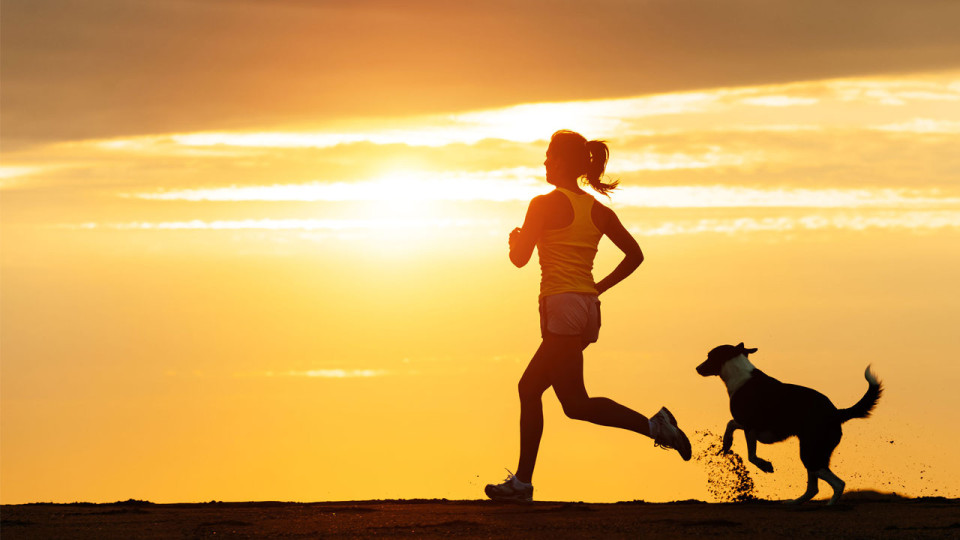Today, a large amount of families own dogs and consider them members of their family, so it makes sense that they would combine their own exercise time with that of their dogs. Most families are very busy and struggle to find the time to walk their dogs. For that reason, choosing to begin a running regimen with their dog in tow is a smart idea. In order to have the best experience possible, knowing all there is to know about running with a dog is vital.
Why bring a dog on a run?
Other than the aforementioned exercise needs, another positive aspect of taking a dog along on a run is their propensity to spark conversations. If a runner is single or just looking for friendship, having a dog present makes them approachable and seemingly more friendly.
For women who run, dogs also bring a measure of safety. It is dangerous for women to run alone especially if they are running on isolated back roads. Having a dog along will likely deter anyone who wishes to harm them.
What dog breeds make the best running companions?
Just like people, some dog breeds are naturally more athletic than others. For this reason, it is important to choose an athletic breed that will take to running easily. Dogs bred to run, such as Greyhounds and most working dogs, are naturally suited to running. However, bulldogs, pugs or other flat-nosed dogs do not make ideal running companions.
Below are some examples of running situations and the dog breeds that best suit each one:
Long steady run over 10 miles (16km)
Weimaraners, Goldendoodles, German Shorthaired Pointers, Jack Russell Terriers, Vizslas: These breeds are well suited for this type of run due to their medium build, light body weight and muscular hindquarters.
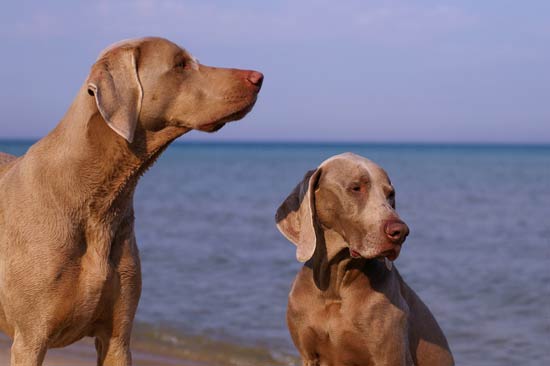
Brisk run under 10 miles
Greyhounds, Pit Bulls, English Setters, Golden and Labrador Retrievers, Beagles, German Shorthaired Pointer, Vizslas, Weimaraners, Whippets: These lean muscular breeds love sprinting, which makes them perfect companions for this type of run.

Long-distance runs
Labrador Retrievers, Standard Poodles, Dalmatians, Catahoulas: These breeds are large and can manage the distance well making them an ideal companion for a long, slow run.
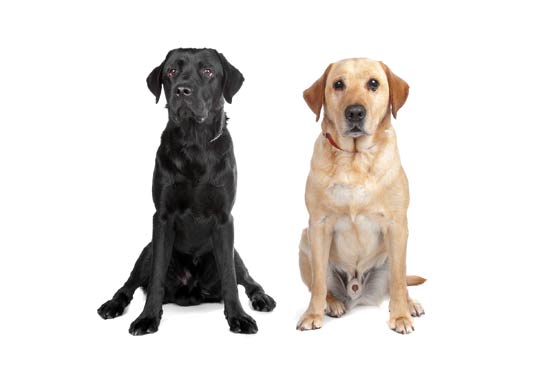
Running in the heat
Vizslas, Airedale Terriers, Rhodesian Ridgebacks, Fox Terriers: These breeds have a sleek coat, long nose and graceful body making them well-suited for running in the heat.
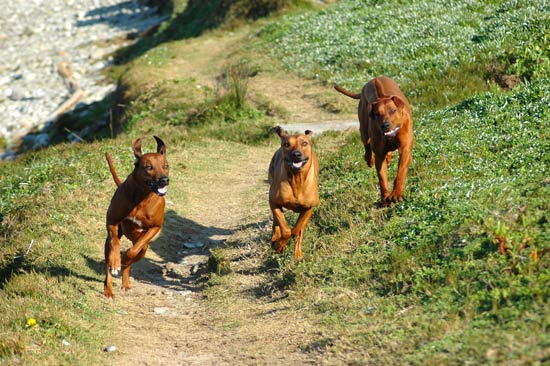
Running in the cold
German Shepherds, Siberian Huskies, Malamutes, Swiss Mountain Dogs: These breeds all sport a dense coat and stocky build, which keeps them warm while running in the cold.
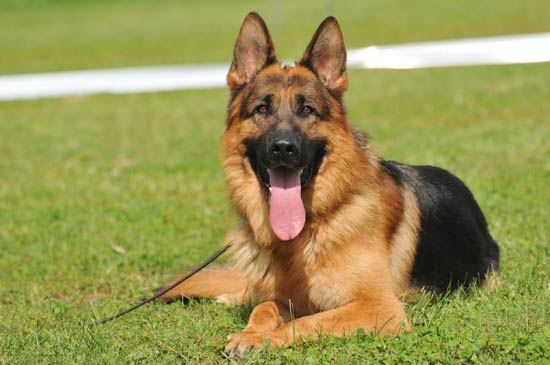
Trail running
Vizlas, Weimaraners, German Shorthaired Pointers, Belgian Sheepdogs, Border Collies: These breeds are naturally sure-footed and have a fast reaction time making them a perfect fit for a trail run full of obstacles.
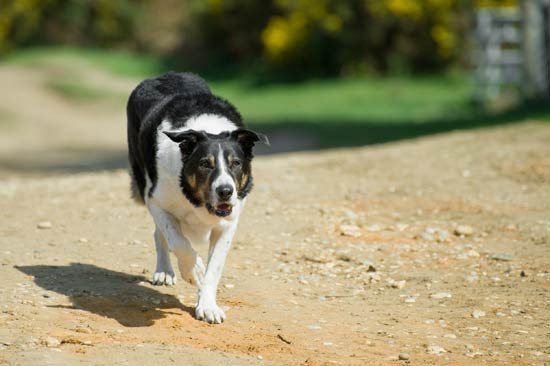
Running on a trail with lots of foot traffic
Labradoodles, Labrador and Golden Retrievers, Border Collies: These breeds are very loyal, obedient, calm and friendly, which is the perfect combination for running a heavily traveled trail.
Training a dog for running
Of course, dogs do not need instructions on how to do an action that is inborn. However, in order to create a great running companion, a dog needs training in order to run on a leash alongside a person.
Before beginning any training, a dog requires a thorough examination by their veterinarian in order to assess their physical ability to run. Dogs who have heart ailments or other physical limitations do not make good running companions. Therefore, runners should know all their dog’s health information beforehand in order to keep them safe. If asked, a dog’s veterinarian will lay out a suitable plan to begin training a dog to run.
A dog’s age must also be considered before they begin running. A dog should be at least 1-year-old before they begin running. They can continue running as long as they are physically able. If a runner is unsure if their dog is old enough or strong enough for running, they should seek a veterinarian’s advice.
The first step when training a dog to run on a leash is teaching them to walk on a leash. The owner must choose which side they prefer their dog to stay on when running, and begin training them to walk on that side. This eliminates any confusion the dog may have when picking up this skill. Using the leash, runners should walk, and make the dog stay beside them giving the dog treats as he starts to understand and obey. Eventually, runners will want to work on turning, starting and stopping.
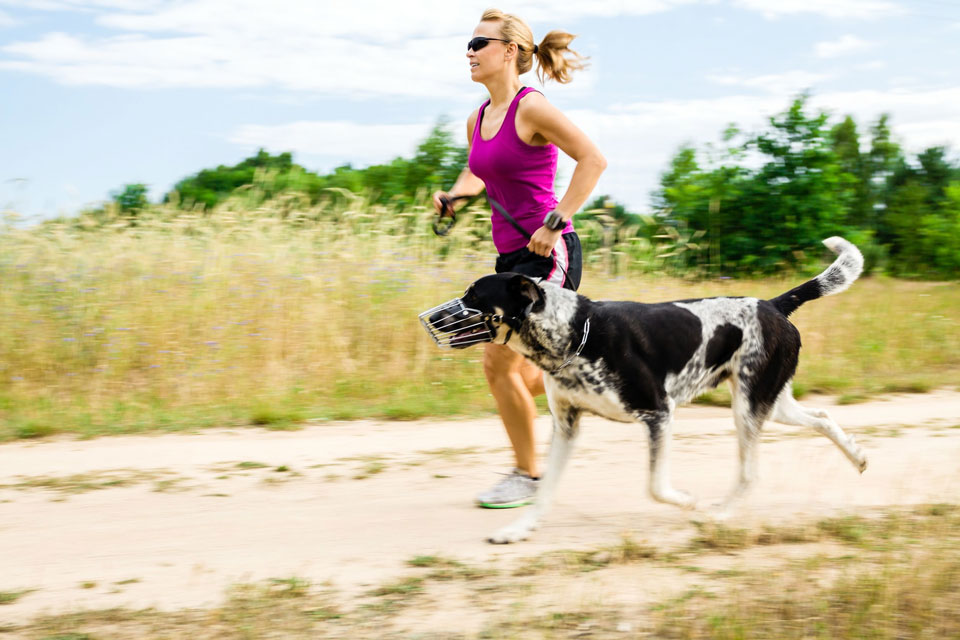
As the dog becomes accustomed to a daily walk on the leash, the runner can begin to periodically jog. Runners should gradually increase the amount of time spent running as the dog begins to understand their role. Before setting out for a run, dogs must understand commands such as stop and go in order to remain safe on the roadway. Just like people, dogs need to slowly build up their endurance for running, and runners must not expect too much from their dog too soon.
What is the law of the land while running with a dog?
The rules of the road are simple and straightforward. When running, runners should always keep their dog near them, so other runners have space to run as well. It is best for runners to place themselves between the dog and any passersby to help the dog stay focused on the task at hand.
If a dog has ever shown the propensity to bite or snip, muzzling them while on a run is sometimes a good idea. In addition, runners should always have a plastic bag on hand to clean up the poop or mess left by their dog. It is discourteous to leave a pile of refuse for someone else to possibly run through.
How to know when Fido needs a break?
Just like humans, dogs become dehydrated. It is vitally important to make sure your dog is well-hydrated at all times while running. When runners take a water break, they should give their dogs the same.
Runners should note that dogs are even less tolerant of heat than humans, so they must remain aware of any signs that may convey the dog is experiencing heat exhaustion. Panting is a dog’s method of cooling off, so runners should examine their dog’s panting methods to determine if they need a break.
A dog that is alert and panting quietly with his tongue completely inside his mouth is not overheated. However, if a dog has his tongue hanging out of his mouth and his mouth wide open, a break is likely in order. Of course, other obvious signs such as the dog slowing down and dragging behind the runner is a signal they need a rest.
Dressing Up for Running
A well-fitting collar with the dog’s identification prominently displayed and an easy-to-use leash are a must when running with a dog. However, lesser known products can also be beneficial. There are now boots made for dogs that protect their foot pads from damage when they run on asphalt.
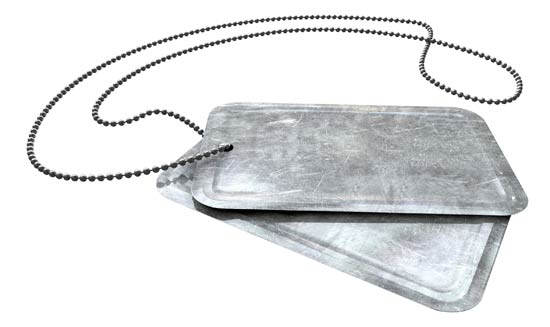
Other interesting gear could include a dog fanny pack for water storage, a glow in the dark reflective jacket or a leash made especially for runners that attaches to the runner’s waist and frees up their hands.
There are many reasons why running with a dog is beneficial to both the dog and the runner. The best part is any dog can run with his owner regardless of breed. Of course, there are breeds better suited for running than others. However, any dog owner wishing to start a running regimen and include their dog should give it a go.



